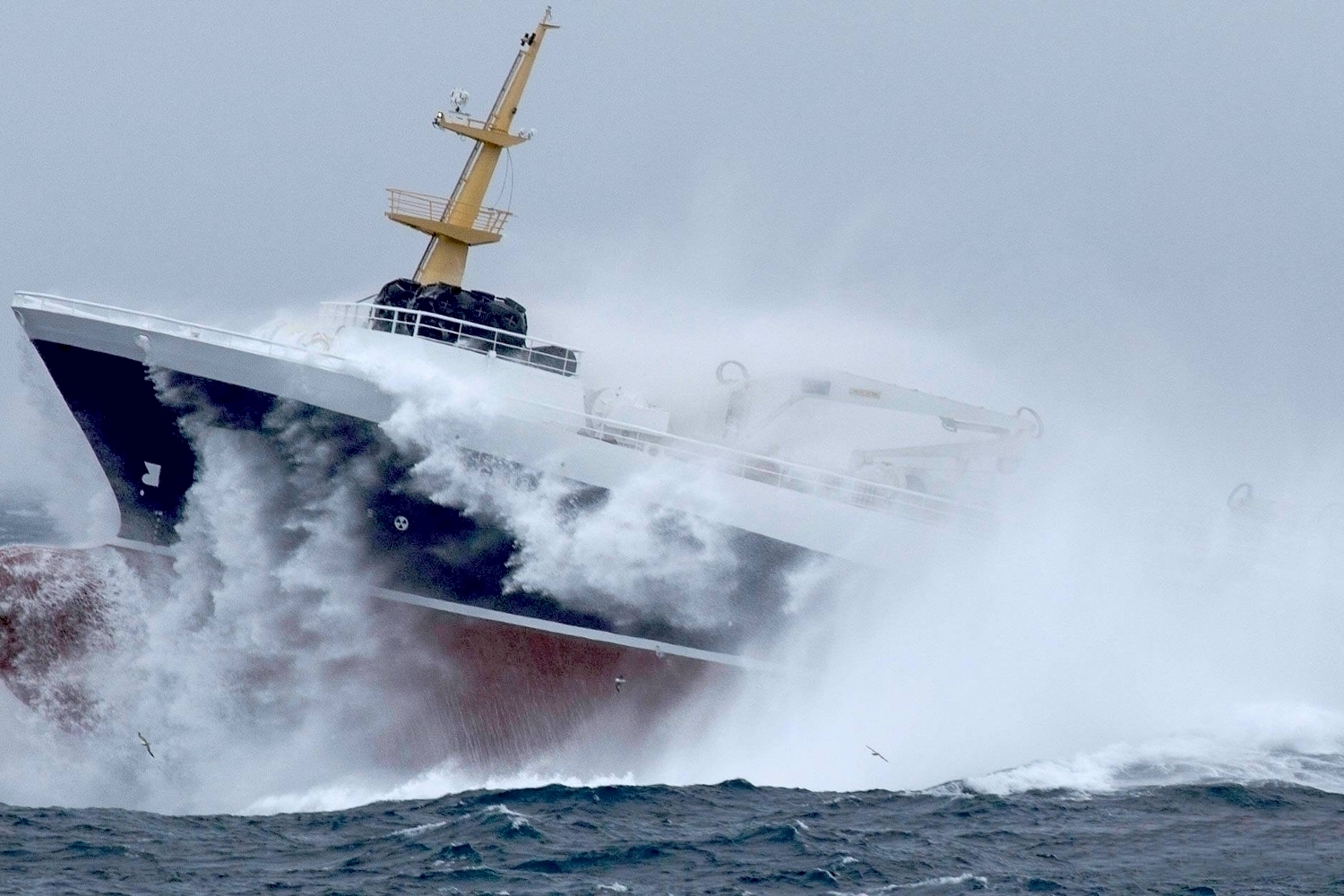The EU will pay more to fish less in Greenland waters
A new deal reduces the EU share of the Greenland catch by 25 percent, even as Brussels will pay about 15 percent more.

The European Union has agreed pay more to catch fewer fish in Greenland waters, according to the terms of the most recent extension of a deal that gives European fishing vessels access to Greenland’s fisheries.
The agreement, signed last week, will reduce the amount of fish European fishermen may catch in Greenlandic waters by 25 percent. At the same time, Brussels will increase its annual payment by 15 percent, to €16.5 million ($20.1 million).
Brussels will increase the amount of the payment during the course of the agreement, which will run from this year until at least 2024, but can be extended until 2026.
The estimated value of the agreement will be €99 million, making it the third-most valuable of the 12 similar fishing agreements the EU has around the world.
[Greenland will once again consider privatizing part of its biggest company]
In exchange, Greenland will allow 12 large-scale industrial trawlers to catch 32,000 tons of fish in its waters each year.
The EU bills its fisheries agreements as a way for countries to benefit financially from fish stocks that they themselves cannot fish, while at the same time helping those countries to develop a fishing industry that abides by international standards and the catch guidelines set by biologists.
Under the terms of the of the renewed EU-Greenland agreement, for example, Nuuk must use about a fifth of the payment to develop its fishing industry, and the quotas comply with management guidelines, according to the European Commission, the EU’s executive branch.
EU fishing vessels are permitted to fish 11 categories of fish in Greenlandic waters. With the exception of cod, quotas in all categories have been reduced. Brussels had otherwise been seeking an increase of 20 percent in its annual quotas. Greenland, meanwhile, was looking to push down the European catch by 30 percent.
[A pair of US-Greenland education partnerships get State Department funding]
Greenland’s fisheries agreement with the EU dates to 1985, when the organization was then known as the European Community. Greenland joined the EC in 1973 together with Denmark, but later voted in a referendum to secede in order to retain full control over its fisheries, rather than being required to open up its waters to European fishing vessels as part of a common fisheries policy.
The common fisheries policy was also one of the driving reasons behind the United Kingdom’s secession from the EU, which was completed on December 31. As a result of that, the U.K. and Greenland signed an agreement in November that may be the precursor of a deal that opens its waters to British vessels as well.
Representatives from both the EU and Greenland described the agreement as important to their continued relationship and for the development of Greenland’s fishing industry.